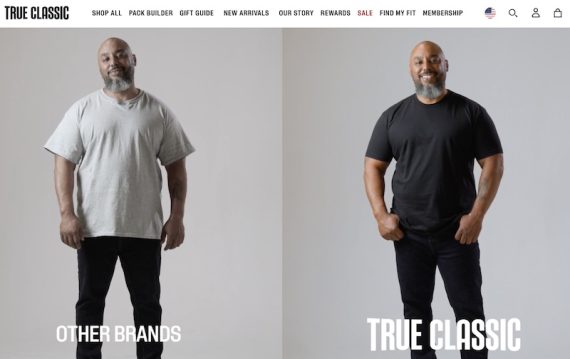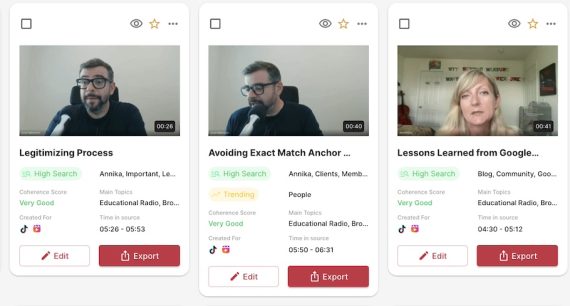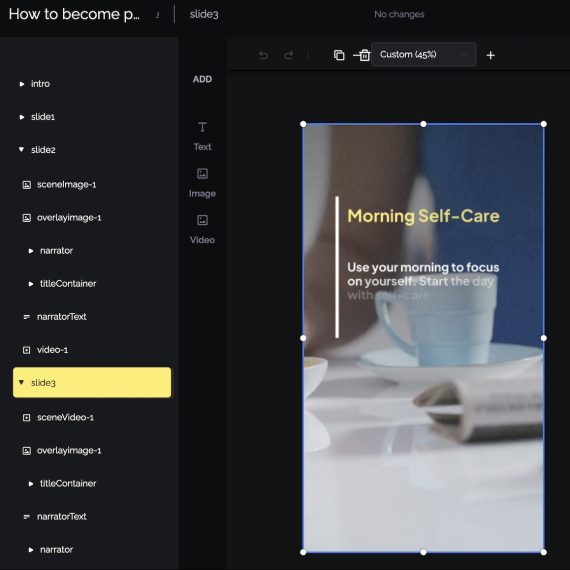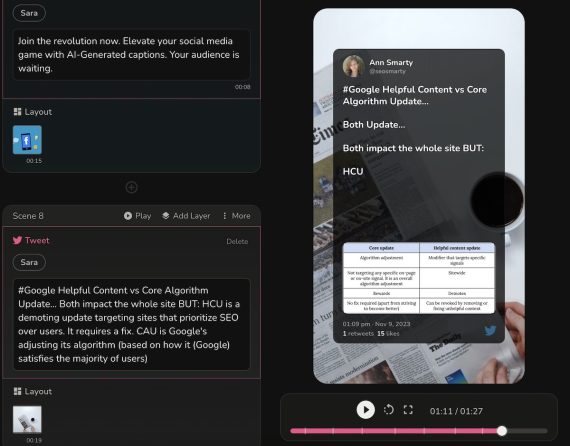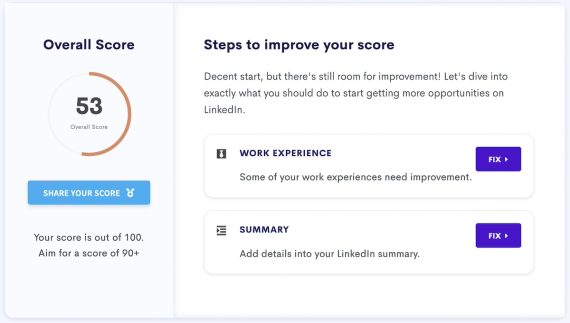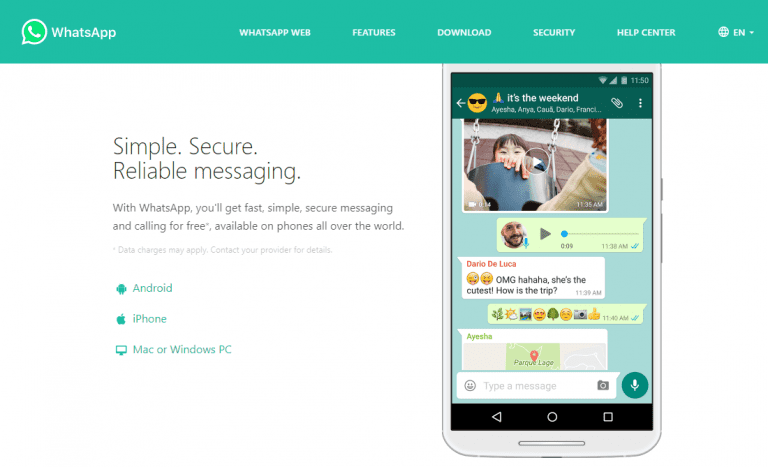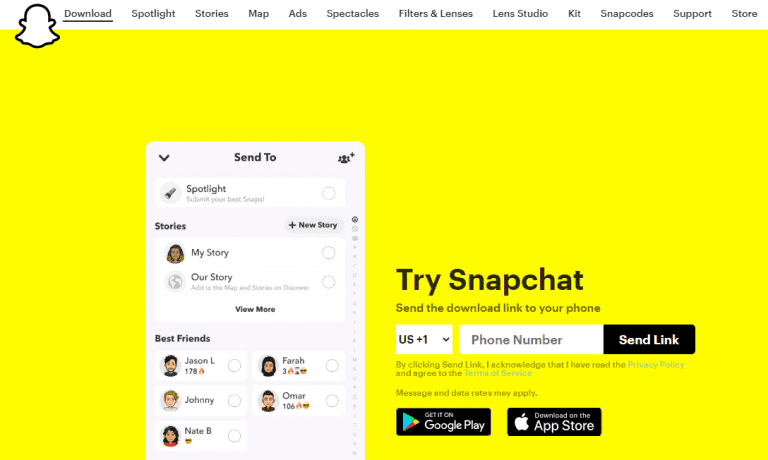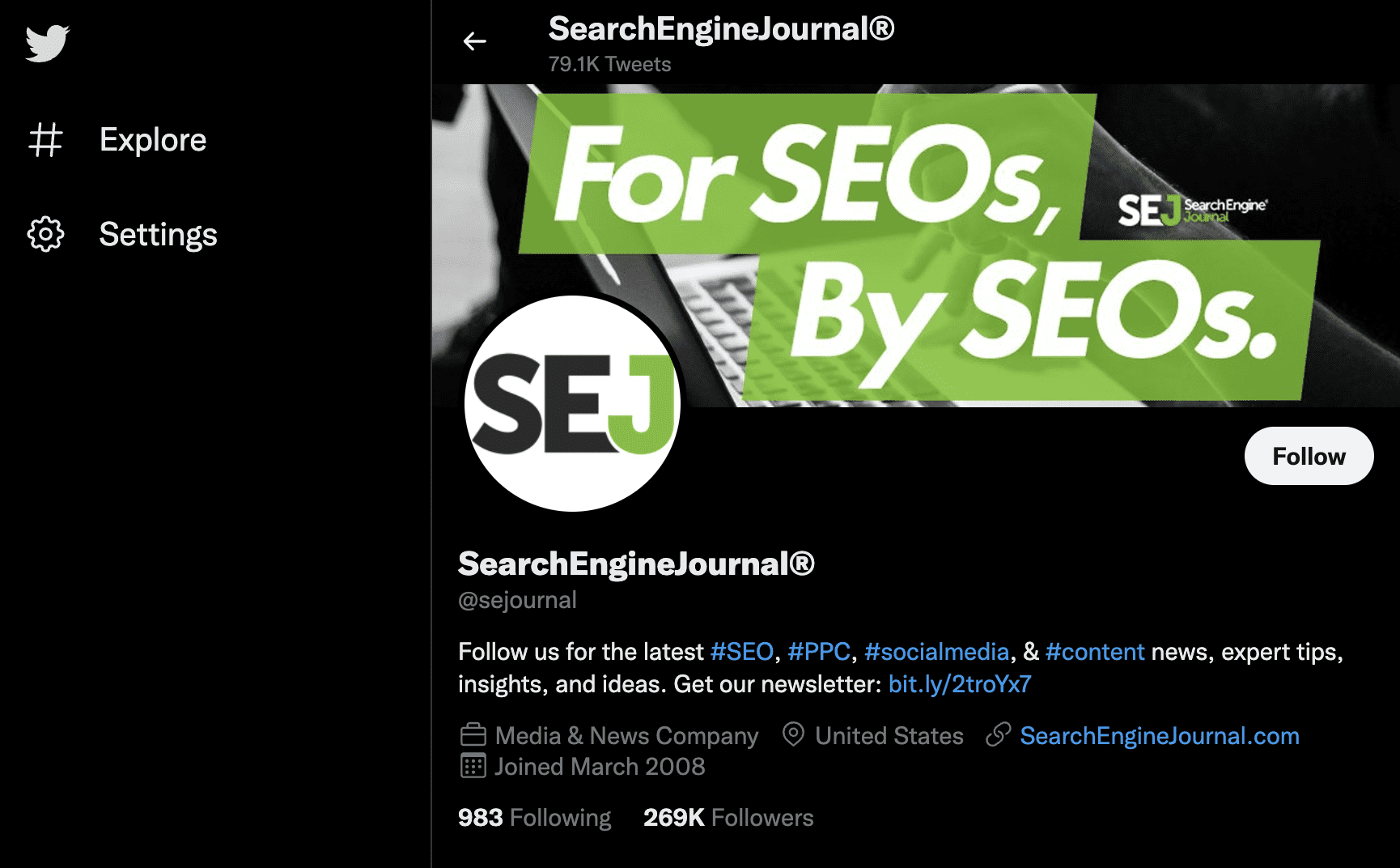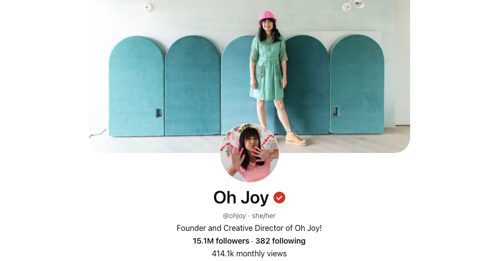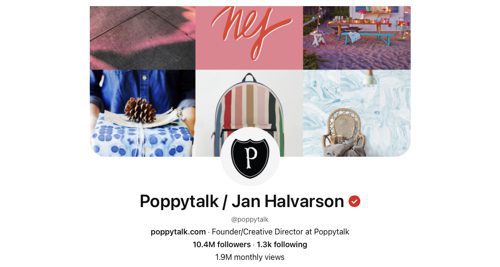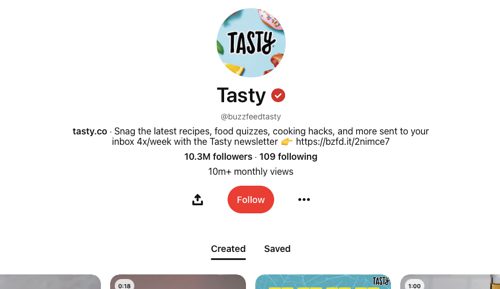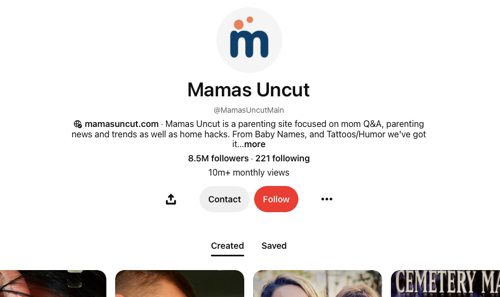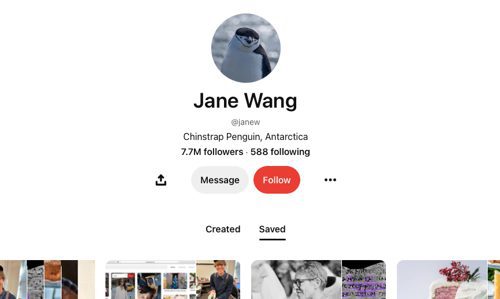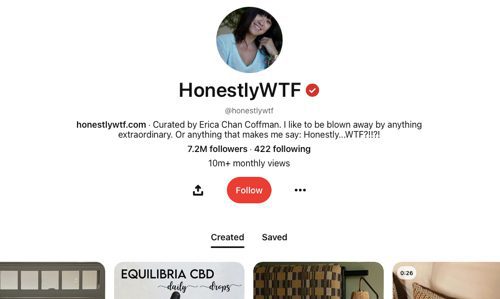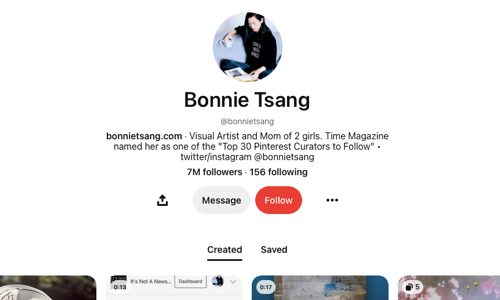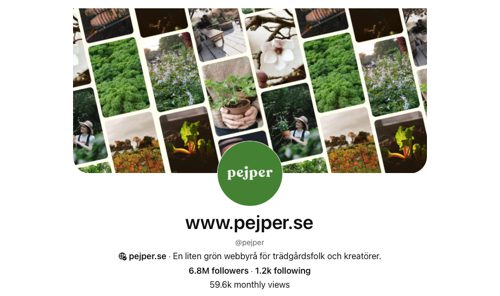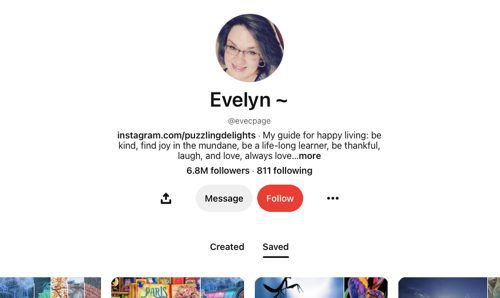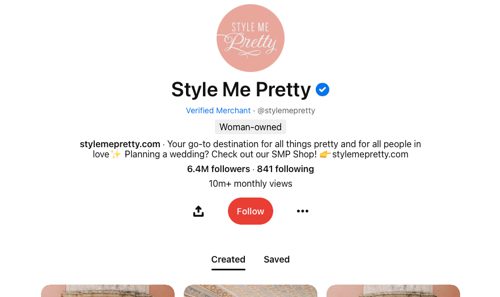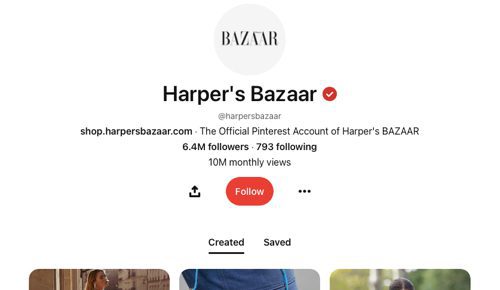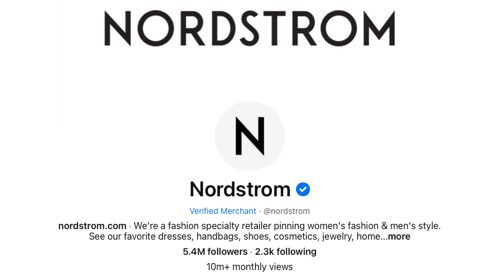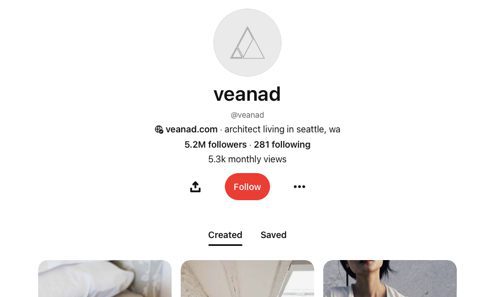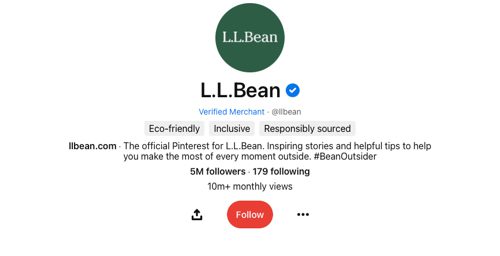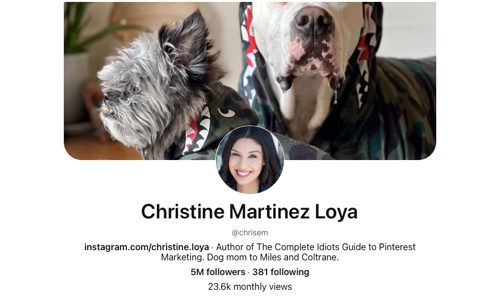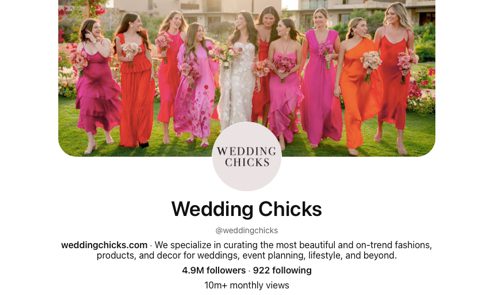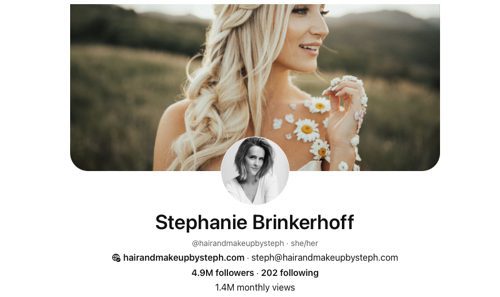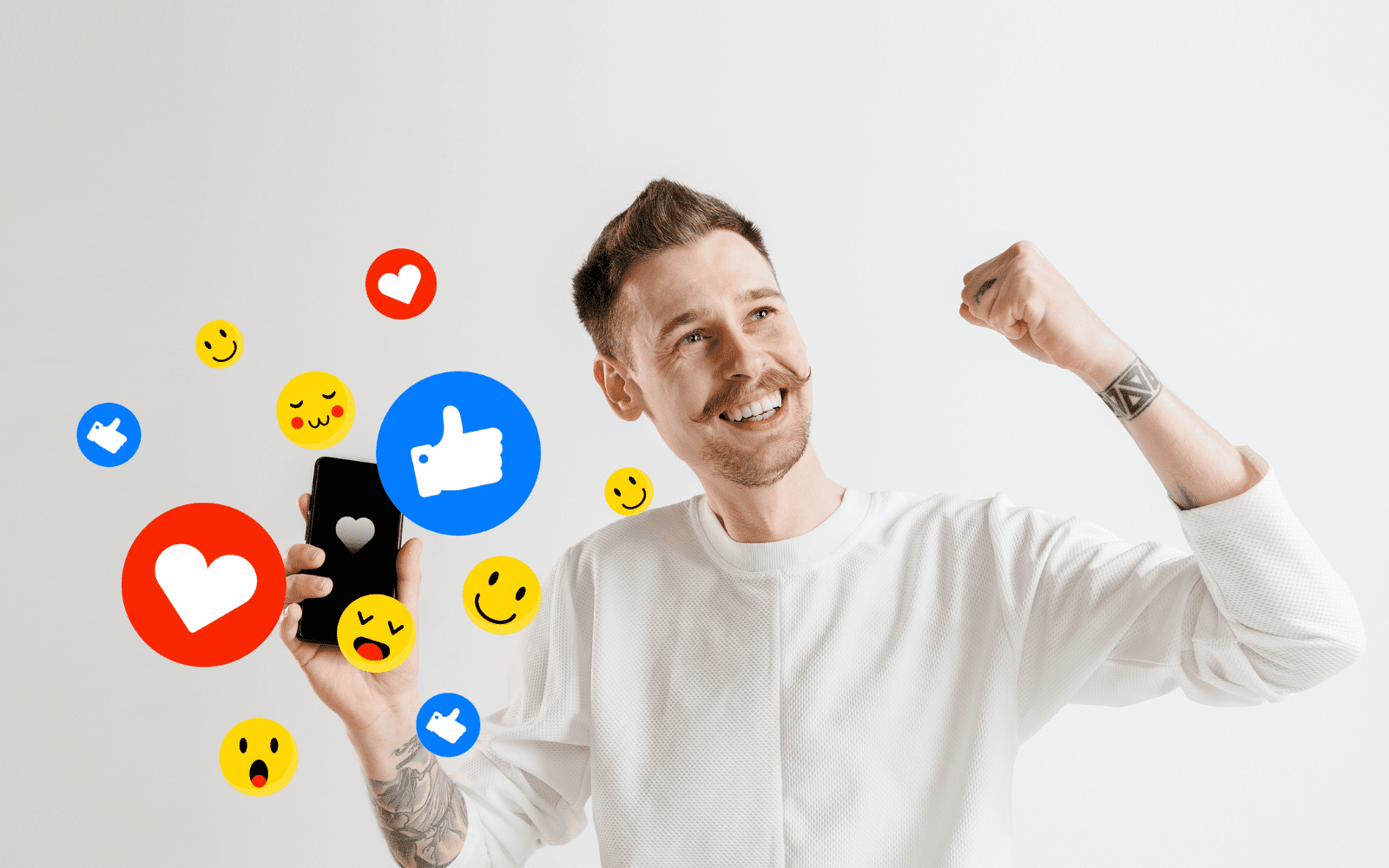12 Social Media Experts Offer Their Predictions For 2024 via @sejournal, @theshelleywalsh
Social media has seen interesting changes recently.
The dramatic changes at Twitter – now rebranded as ‘X’ – saw many SEO professionals looking for new social media platforms to maintain their community connections.
We saw the rise of BlueSky, Mastodon, and Threads, and renewed interest in LinkedIn and Reddit as marketing channels for brands.
As big shifts happen in SEO and search following the introduction of generative AI, this could be a time when social media evolves.
As marketers experiment with AI, it’s going to be important to understand how to leverage these tools whilst maintaining authenticity and trust.
With exciting times to come this year during this evolution of online marketing, there is much anticipation for how this will impact social media.
The overriding sentiments in the industry appear to be building relationships and meaningful connections alongside leveraging AI tools for better analytics and understanding how to create a social media strategy with impact.
Where Should Social Media Marketers Focus Their Attention In 2024?
We reached out to a variety of social media experts and thought leaders to get their input on what might happen in the coming year, and to ask where social media marketers should focus in 2024.
Build More Sustainable Relationships
Ann Handley, Chief Content Officer, MarketingProfs
If you haven’t shifted your social strategy lately, you’re doing it wrong. For most of us, it’s not a traffic accelerator; it’s a relationship builder.
Walk with me back to the dawn of social… Then, we were using it to amass massive audiences quickly and easily, then using it to boost traffic or conversions (however we defined “conversion”).
Those days are over. Done. Cooked. Toast.
Instead, in 2024, it’s all about recognizing that social media’s superpower is its ability to help us build more sustainable relationships more slowly.
Social in 2024 and beyond requires a shift in strategy. But also (importantly) an evolution of your mindset.
Executive Thought Leadership Social Strategy
Purna Virji, Principal Consultant, Content Solutions, LinkedIn
One core area I’d encourage social media marketers to focus their attention on in 2024 is to supplement their regular demand generation activities with an executive thought leadership social strategy.
As a result of the continuing economic worries, businesses increasingly cut budgets throughout 2023.
According to Edelman’s research, “44% of decision-makers also claim they will be less receptive to sales calls or marketing outreach, making it harder for businesses to attract new clients.”
Marketers have realized, often the hard way, that nurture- and bottom-funnel campaigns alone aren’t sufficient. After all, it’s increasingly futile to promote, say, a free demo when people might not have the budget to buy what you’re demo-ing.
How, then, to stand out? That’s where thought leadership comes in.
Thought leadership campaigns (both paid and organic) help increase market consideration and build trust with prospects to support demand generation efforts that drive ROI and can attract talent.
According to the Edelman study, “More than half of decision-makers say that during an economic downturn, it’s essential that non-critical suppliers produce high-quality thought leadership if they want to earn business.”
Five top tips:
- Thought leadership content doesn’t need to be long; in fact, snackable content can often work best.
- It doesn’t all need to come from the C-Suite. If they’re busy/unable to lean in to help, start with your sales representatives or other subject matter experts. People respond best to their peers, so if your end audience tends to be very technical, for example, then starting with the more technical subject matter experts in your organization can be helpful.
- You don’t need a separate strategy for thought leadership. Rather, weave it in as part of your existing strategy for effectiveness and efficiency.
- You don’t need a massive budget for it, either. Start with organic posts, try different approaches and formats, and then amplify what’s working with paid promotion.
- Thought leadership content does best when it’s authentic to the creator, on a topic they’re passionate about and have expertise in. Focus on offering value and building trust and rapport.
A Fun Year For AI-Powered Social Media Marketing Data Analysis
Andy Crestodina, Co-Founder/Chief Marketing Officer, Orbit Media Studios
Social media is a data-rich environment. This is a huge advantage for marketers who analyze this data and then iterate their social strategies – which is more fun than ever if you use AI.
So, in the new year, smart social media marketers will focus on getting data out of social media and getting it into an AI-friendly structure.
Give ChatGPT nicely organized CSV files, and it will give you charts that may cause you to immediately rethink what you post.
Here’s a chart that AI made for me based on one year of top posts on LinkedIn, categorized manually before uploading. Interesting, right? 2024 will be a fun year for AI-powered social media marketing data analysis.
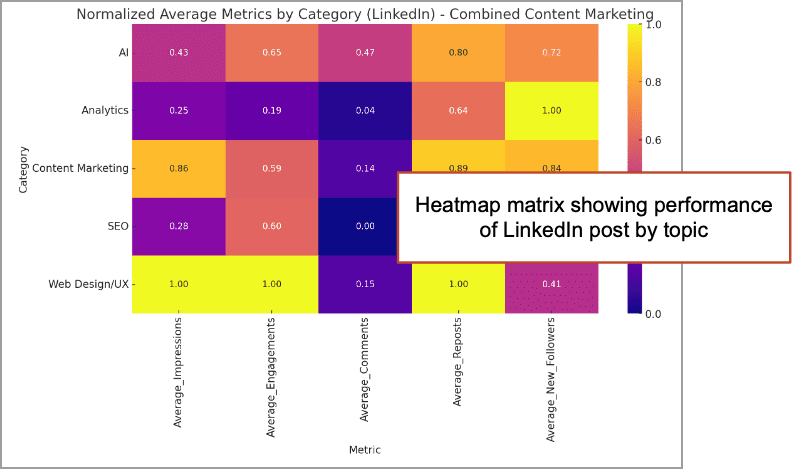 Image from Andy Crestorina, December 2023
Image from Andy Crestorina, December 2023


Short Form Video
Larry Kim, CEO, Customers.ai
The entire world’s social media has converged on short-form video. If you still haven’t mastered the art of producing content in short-form videos, it’s hard to see how you’ll be successful in social media in 2024!
Personalization And User-Generated Content
Katie Lance, CEO/Founder, Katie Lance Consulting
Firstly, embracing emerging platforms and technologies is crucial. While it’s important to maintain a strong presence on established platforms like Facebook, Instagram, and Twitter, keeping an eye on rising stars in the social media world can offer fresh opportunities.
For instance, platforms that leverage augmented reality (AR) and virtual reality (VR) are becoming increasingly popular, providing new, immersive ways to engage audiences.
Also, considering the growing interest in decentralized platforms and blockchain technology, exploring these areas could position brands at the forefront of digital innovation.
Secondly, video content continues to dominate across social media channels, and this trend is likely to persist and evolve.
Short-form video content, popularized by platforms like TikTok, has shown significant engagement rates and offers a creative way to showcase products, share stories, and connect with younger audiences.
Additionally, live streaming is gaining traction, offering real-time engagement and fostering a sense of community among viewers. Investing in quality video production and exploring diverse content formats can greatly enhance a brand’s online presence.
Lastly, personalization and user-generated content (UGC) are becoming increasingly important. Social media users are looking for authentic, relatable content that resonates with their individual experiences and interests.
Encouraging UGC not only fosters a sense of community but also provides marketers with valuable, authentic content that can enhance brand credibility.
Pairing this with data-driven personalization strategies ensures that content reaches the right audience at the right time, increasing engagement and conversion rates.
Create An Exit Plan For X
Greg Jarboe, President And Co-founder, SEO-PR
If social media marketers haven’t already created an exit plan for X, formerly Twitter, then they need to prepare their bug-out bags now.
Where should they go? According to SEJ’s list of The Top 10 Social Media Sites & Platforms, social media marketers should focus their attention on Facebook, YouTube, Instagram, TikTok, Snapchat, Pinterest, Reddit, and LinkedIn.
And marketers shouldn’t forget that blogs were one of the original social media platforms. So, if you still have a small team tweeting, then it’s time to get them some upskilling and reskilling ASAP.
In addition, social media marketers should focus more attention on creating videos worth watching and content worth sharing.
Why? According to the Content Marketing Institute’s latest research, 67% of marketers say video has become more important to their business over the last year. Why? Video’s ability to tell stories and resonate emotionally with audiences makes it an ideal format for making human connections.
Finally, run, don’t walk, to learn which AI tools – including AI image generators and AI video generators – will help them in 2024 and beyond.
As Nvidia founder and CEO Jensen Huang told 10,000 graduates during a commencement address back in May, “While some worry that AI may take their jobs, someone who’s expert with AI will.”
Audience Building And Analytics
Jeff Riddall, Senior Product Manager, OneLocal
In 2024, as in previous years and likely in years to come, I believe social media marketers should focus their attention on two primary areas: audience building and analytics.
Far too many who look to leverage social media to build their brand spend an inordinate time trying to create and distribute killer content but forget or simply fail to ensure there is a receptive audience waiting, or even available, to consume it.
More time should be spent “socializing” and “community building” in the channels your desired audience favors. Build your following by following and sharing content from like-minded brands and influencers in the hopes they will reciprocate and/or their audience will take notice.
And this is where analytics comes in. Social marketers should be leveraging native social media analytics or web analytics to effectively understand what is working or not working and where.
We all know social media is not just about likes and shares, but actual clicks and conversions, so every effort should be made to use branded and/or tracked URLs to see if and where real engagement is happening.
In social media marketing, along with digital marketing in general, there are so many things that can be done, so it’s critically important to use analytics to determine the things that should be done.
Meaningful Connections And Responsible Branding
Ashley Segura, Co-Founder and CMO, I’ll Tell You Soon!
In 2024, social media marketing will be all about meaningful connections and responsible branding. Here’s how to make the most of it:
Influencer Collaborations
Tap into the power of micro-influencers. These are individuals with smaller but highly engaged followings. Brands can collaborate with them for more authentic and targeted outreach.
Start by identifying influencers whose followers align with your target demographic. Then, craft campaigns that resonate with their audience’s interests, ensuring a more personalized and impactful connection.
Sustainability and Social Responsibility
Embrace and communicate your brand’s commitment to sustainability and social responsibility. Consumers increasingly value brands that are environmentally conscious and ethically sound.
To do this, integrate sustainable practices into your business model and share these stories on social media – and share them often. Use your platforms to educate and engage with your audience on these issues, especially the issues that matter most to your demographic.
This creates a brand image that’s not only about products but also about positive impact on issues that matter most to their customers.
Community Building
Focus on creating and nurturing online communities around your brand. This involves more than just selling products; it’s about fostering a space for shared interests and discussions and can look like Facebook groups, Slack channels, email lists, and more.
Engage with your audience through regular, meaningful interactions in these unique groups. Host Q&A sessions, create discussion forums, and encourage user-generated content to build a community that feels valued and connected to your brand.
By concentrating on these three strategies, brands can create a more impactful and resonant presence on social media in 2024.
Understanding And Leveraging Data Analytics And AI Tools
Jason Hennessey, Founder, Jason Hennessey Consulting
In 2024, social media marketers should focus on several key areas to stay ahead in the ever-evolving digital landscape.
Firstly, they should prioritize video content, as it continues to dominate user engagement on platforms like TikTok, Instagram Reels, and YouTube.
Additionally, marketers should pay attention to emerging platforms and trends, adapting their strategies accordingly. Building authentic and meaningful connections with their audience through personalized and interactive content will also be crucial.
Lastly, understanding and leveraging data analytics and AI tools to optimize campaigns and track ROI will remain essential for successful social media marketing in 2024.
Focus On Capturing First-Party Data
Casie Gillette, Senior Director, Demand Generation, Customers.ai
As we head into 2024, we have to really look at how privacy changes by Google and Apple are impacting our social media remarketing campaigns.
When it comes to social, organic reach has already become minimal, and with iOS 14 and now iOS 17, we are seeing our paid audiences shrink as well. Businesses need to focus on capturing first-party data.
Whether it’s on-site methods like promotions, pop-ups, or visitor identification tools, without this first-party data, the social reach will be limited, and remarketing campaigns will continue to underperform.
Meta Will Unveil Developments With Generative AI
Mari Smith, CEO, Mari Smith International, Inc.
Meta will roll out significant AI-powered updates throughout 2024. Along with more refined use of its AI-powered discovery engine to recommend content, especially reels and ads, Meta will unveil impressive developments with generative AI to rival ChatGPT and DALL・E, among other platforms.
As Meta CEO, Mark Zuckerberg, stated in February 2023, the company has a turbocharged focus on generative AI, in particular. We saw the launch of simple AI-generated stickers in Instagram and Facebook Stories.
But much more impressive, with real utility, will be when the company bakes generative AI into Meta Business Suite. This will offer businesses the ability to create unique text, image, and video content and then schedule, publish, and track performance, all without having to use any other third-party AI app or tool.
Meta will also integrate more AI-powered tools inside Messenger, Instagram Direct, and WhatsApp, including new custom AI personas. Possibly into Threads as well.
These are conversational chatbot assistants. This will allow businesses to create custom avatars and build their own effective use cases such as FAQs, customer service, a unique knowledgebase of their own, and likely much more.
Approach AI Integration With Caution
Brent Csutoras, Managing Partner, Search Engine Journal
As AI transforms social media in 2024, approach its integration with caution, especially regarding branding and upcoming regulations.
Authenticity becomes crucial as AI content proliferates, so it’s essential to use AI as a supportive tool, not a substitute.
While short-form video storytelling remains a key to success on platforms like Instagram and TikTok, platforms like BlueSky and Threads are gaining traction for their content updates, reminiscent of Twitter’s style.
Remember, in 2024, a blend of authentic messaging and engaging short videos will be the cornerstone of successful social media marketing.
More resources:
Featured Image: Dilok Klaisataporn/Shutterstock

